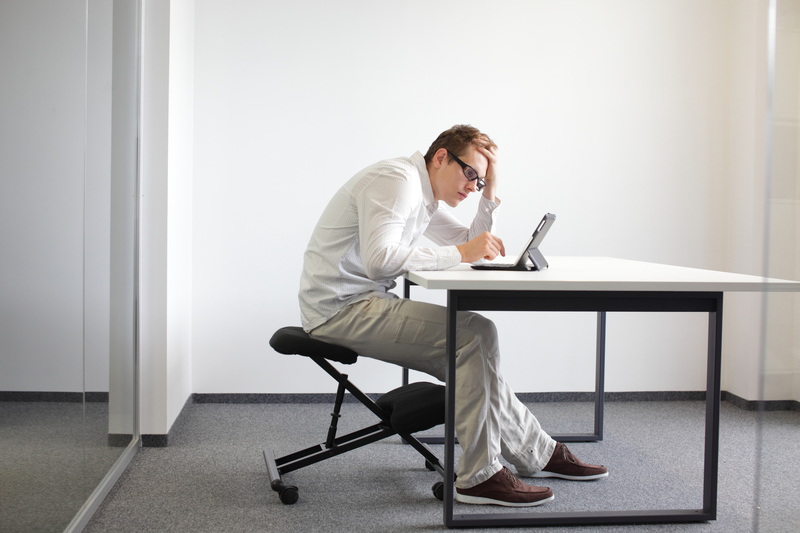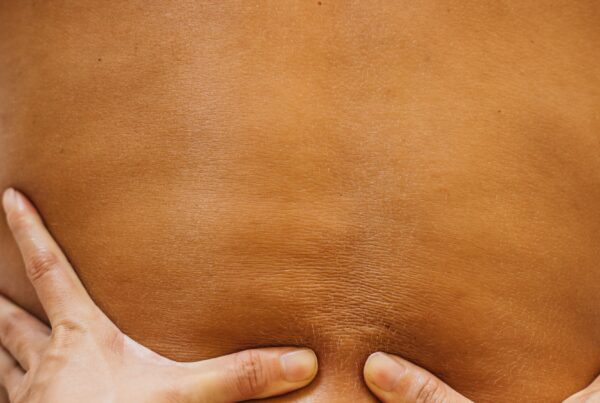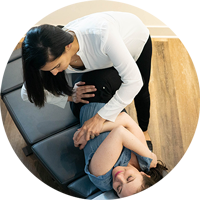Bad posture can make us look less than confident to others, but did you know that a hunched back and shoulders also can make us feel bad on the inside? While there is no such thing as “perfect posture” since everyone’s bodies are completely different in shape and size, PostureMonth.org shares tips on what can be the ideal posture for you.
The organization shares three main keys to better posture: awareness, control and environment. Our posture can have an impact on our health, now that our society is a more technology-inclined, overall “seated society.” One in four adult Americans, according to Posture Month, have suffered back pain in the last three months. Additionally, people who spend 12 hours or more per day seated are at greater risk for diabetes, heart-disease and life-threatening falls. Exercise with controlled attention can improve not only your posture, but your confidence as well.
Posture Monthly says to “sit strong, but not too long” if you must sit at your job. Sitting hunched over not only hurts posture, but restricts breathing and circulation throughout our body. Take frequent movement breaks and do your best to fit an exercise regimen into your daily routine. Unused muscles will atrophy over time, weakening your body and your mind.
Not only does a depressed state of mind link to bad posture—your head may go down or body slumps—but good posture can actually make you feel better! Imagine throwing your shoulders back, taking a deep breath and standing tall with your head and chest high. Do you automatically feel in a better emotional state? Studies show, according to BetterMovement.org, that mood not only can be affected by body use, but changing your movement or posture is a good way to change your emotions.
In fact, a study completed by the Department of Psychiatry at the University of Sao Paulo Medical School in Sao Paulo, Brazil, aimed to quantify posture and body image in patients with major depressive disorder. The study, “Posture and body image in individuals with major depressive disorder,” evaluated 34 people with depression and 37 healthy volunteers. Posture was evaluated over a 10-week period during episodes and after drug treatment based on digital photos of the subjects. The researchers found that during depressive episodes, patients showed “increase head flexion, increased thoracic kyphosis, a trend toward left pelvic retroversion and abduction of the left scapula. During remission, patient posture was similar to that of the controls. Researchers found that during major depressive disorder episodes, individuals do have a change in posture and mild dissatisfaction with body image, amounting to emotional and physical factors.
So, if you’re feeling low, stand up high! Try to present yourself as a person who feels powerful and confident. There may have been some truth behind our mothers telling us, “Don’t slouch!” While slouching may feel better in the short term, studies show it’s because our core muscles are week. Slouching increases feelings of insecurity, stress, fear and anxiety; sitting in a weak position is telling our brains that we are “weaker” in essence. Boost your mood by sitting with a straight spine in a “J” shape with your pelvis tilted forward. Stand with your shoulders up, then dropped gently back and down, straightening your upper spine. Try this for 30 days straight, and see if your mood and improves.
For more suggestions on how to improve posture and mood, book an appointment with us!
Schedule an Appointment









